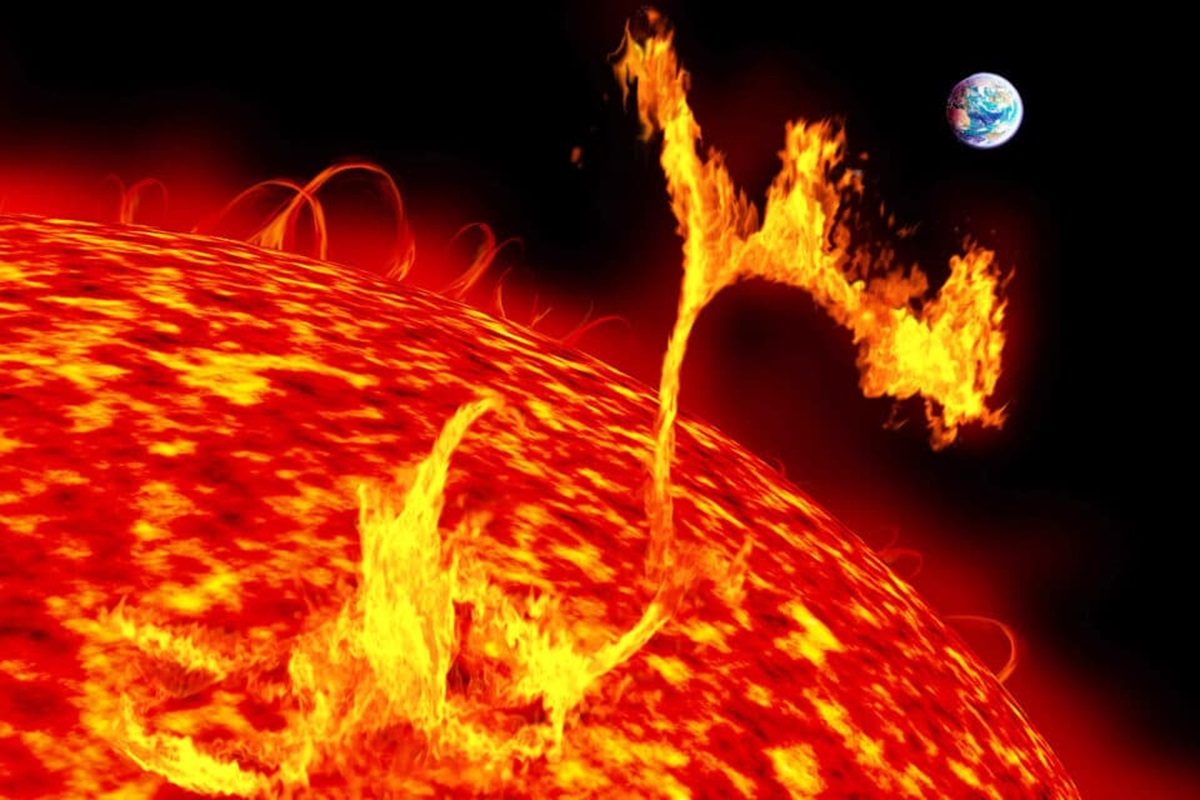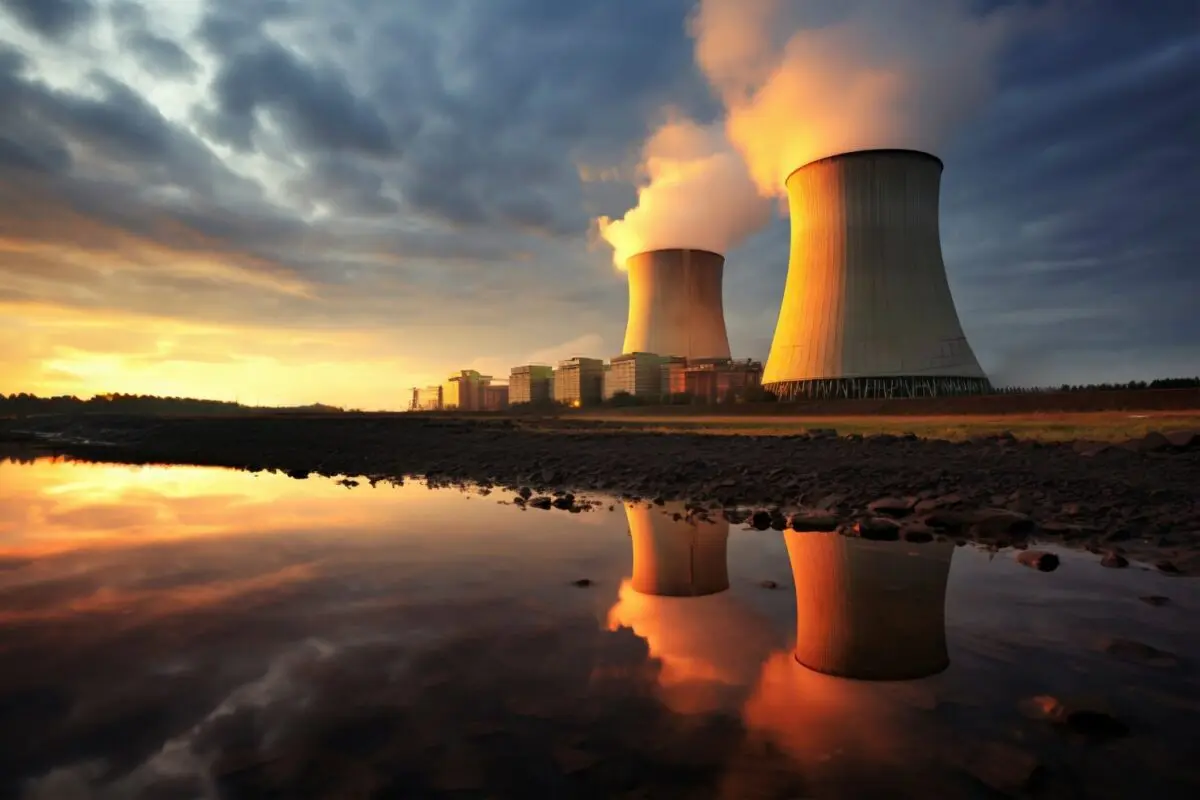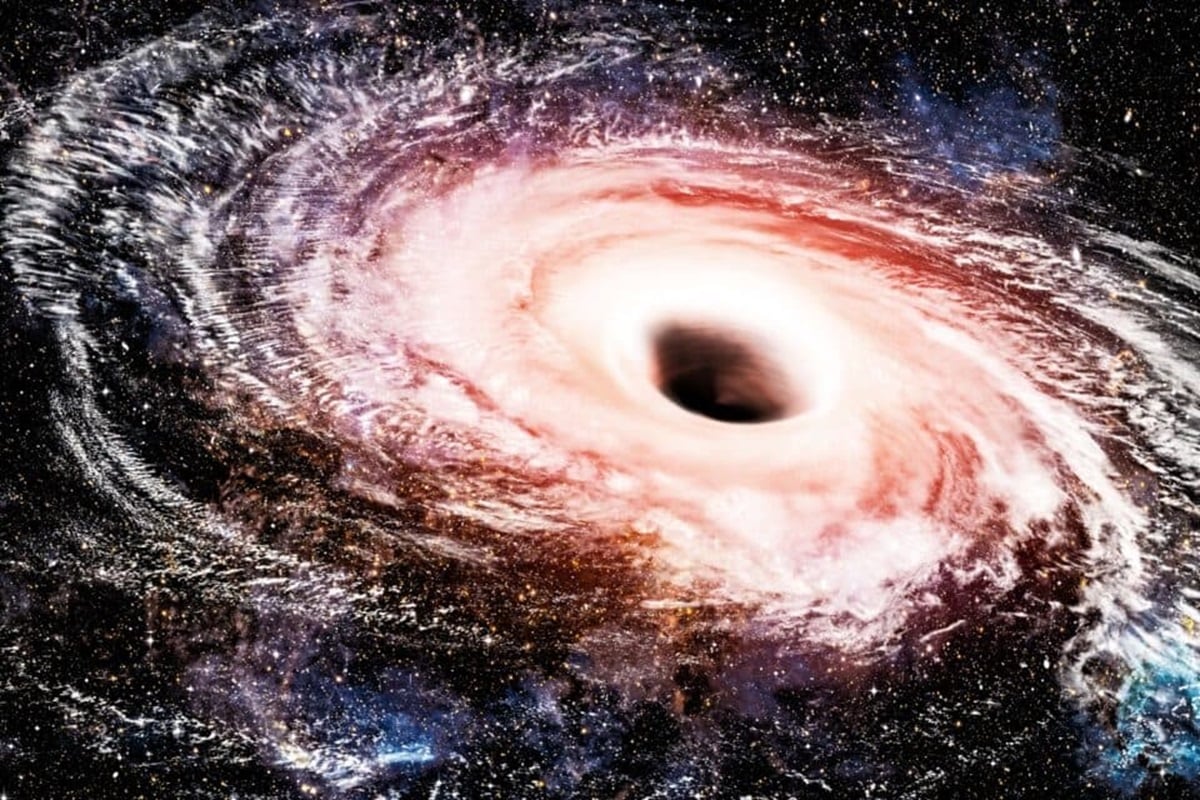The United Kingdom was recently treated to an extraordinary display of the Northern Lights, an event that captivated onlookers across the nation. This rare occurrence was made possible by a significant geomagnetic storm, the strongest in years, which prompted a solar storm warning from the US National Oceanic and Atmospheric Administration (NOAA).

A Celestial Phenomenon
The Northern Lights, also known as aurora borealis, were visible from the southernmost coasts of England to the northern reaches of Scotland, offering a chance for many to witness this natural wonder. The lights are a result of charged particles from the sun colliding with gases in Earth’s atmosphere, creating vibrant hues that light up the night sky.
Impact of Geomagnetic Storms
Friday’s geomagnetic storm reached a G5 classification, the highest level, which can potentially affect infrastructure such as satellites and power grids. Despite the intensity of the storm, no disruptions have been reported thus far. Experts, including Ross Easton from the Energy Networks Association, have emphasized the importance of monitoring space forecasts to anticipate such events.
Scientific Insights
Professor Carole Haswell, head of astronomy at the Open University, explained on BBC Radio 4’s Today programme how these charged particles can disrupt radio signals, including GPS systems relied upon by aircraft.

Optimal Viewing Conditions
Clear skies on Friday evening allowed for widespread visibility of the aurora borealis. The phenomenon is expected to reappear on Saturday night, although the geomagnetic storm may not reach Friday’s extreme levels. Ideal weather conditions are forecasted, but darkness is essential for the best viewing experience, typically after 22:30 BST.
Increased Aurora Activity
The recent uptick in aurora sightings in the UK, including in southern regions, is attributed to the approaching solar maximum in the Sun’s 11-year cycle, which brings an increase in sunspots and coronal mass ejections (CMEs), leading to more frequent and intense auroral displays.
Global Spectacle
The Northern Lights were not only visible in the UK but also as far south as Alabama and northern California in the US, and across many northern European countries. The event was even captured in China, showcasing the widespread impact of this solar phenomenon.








